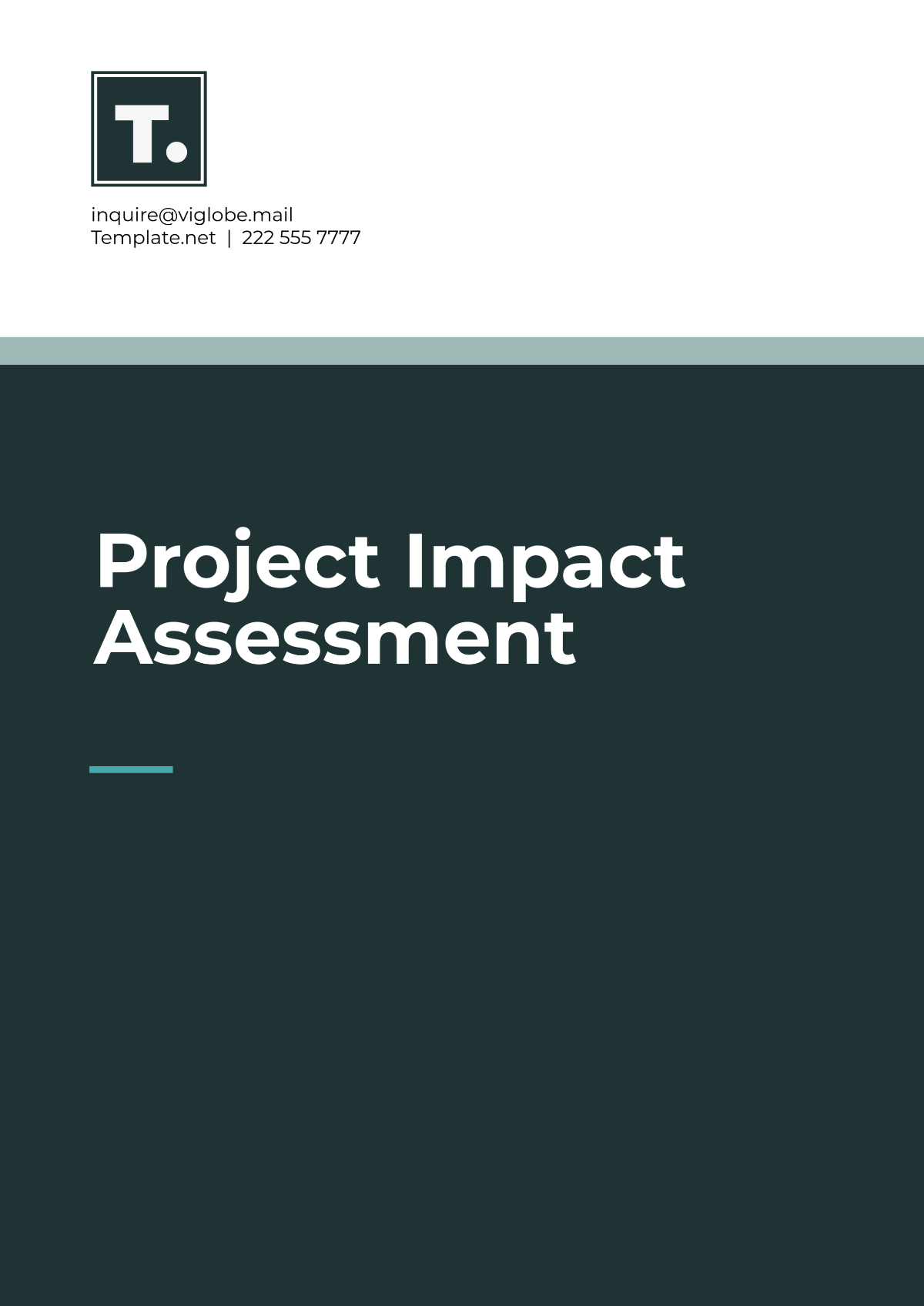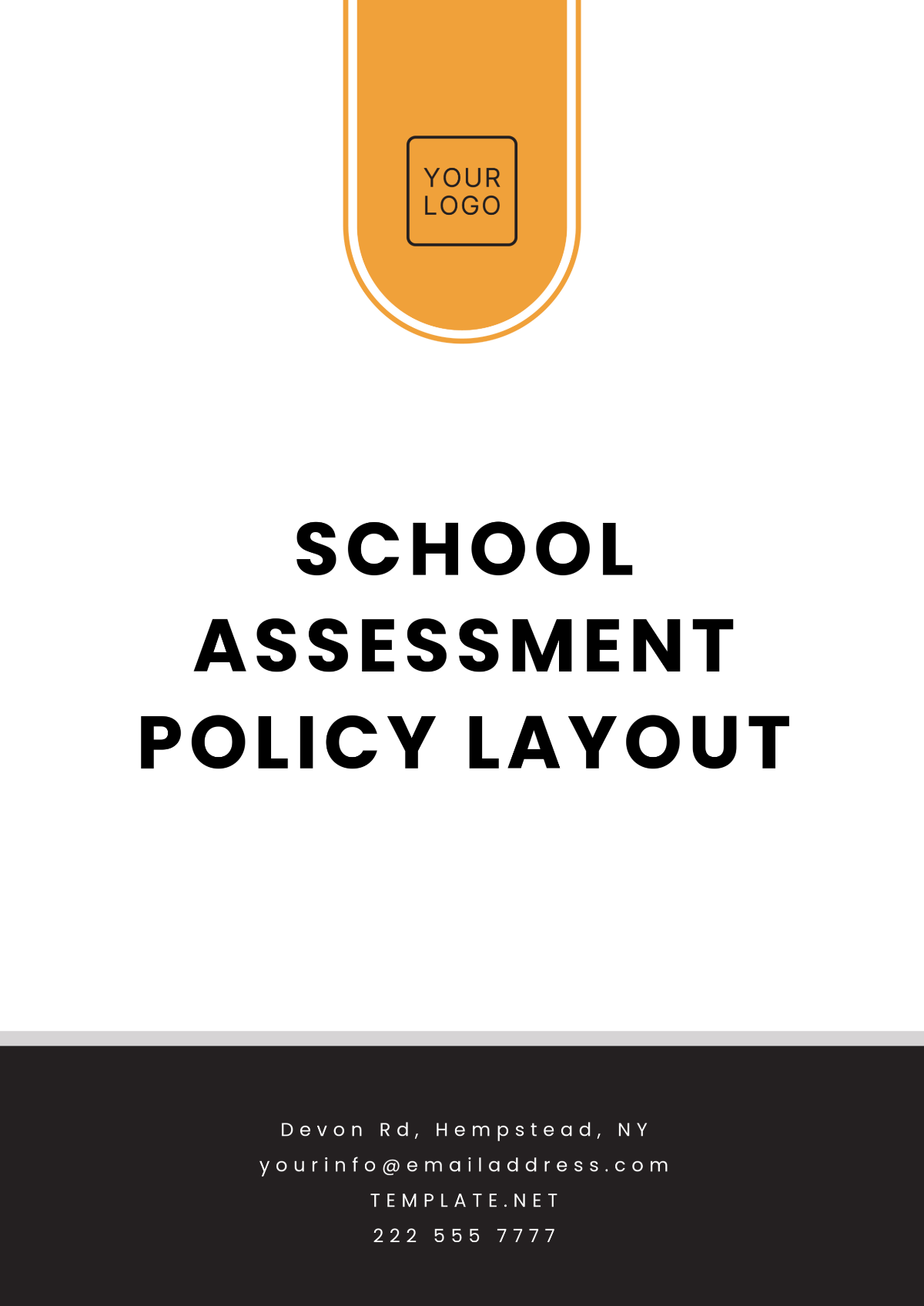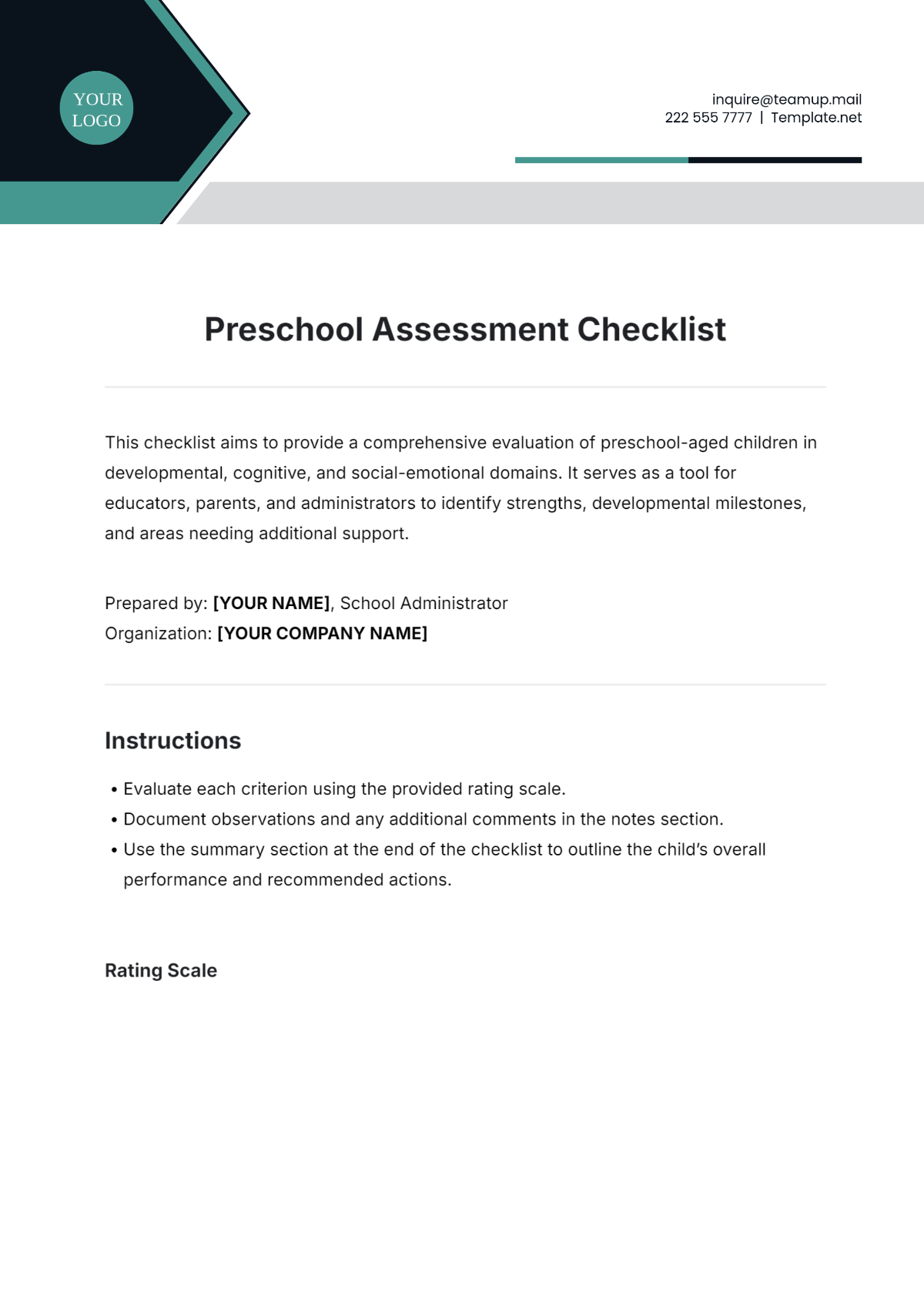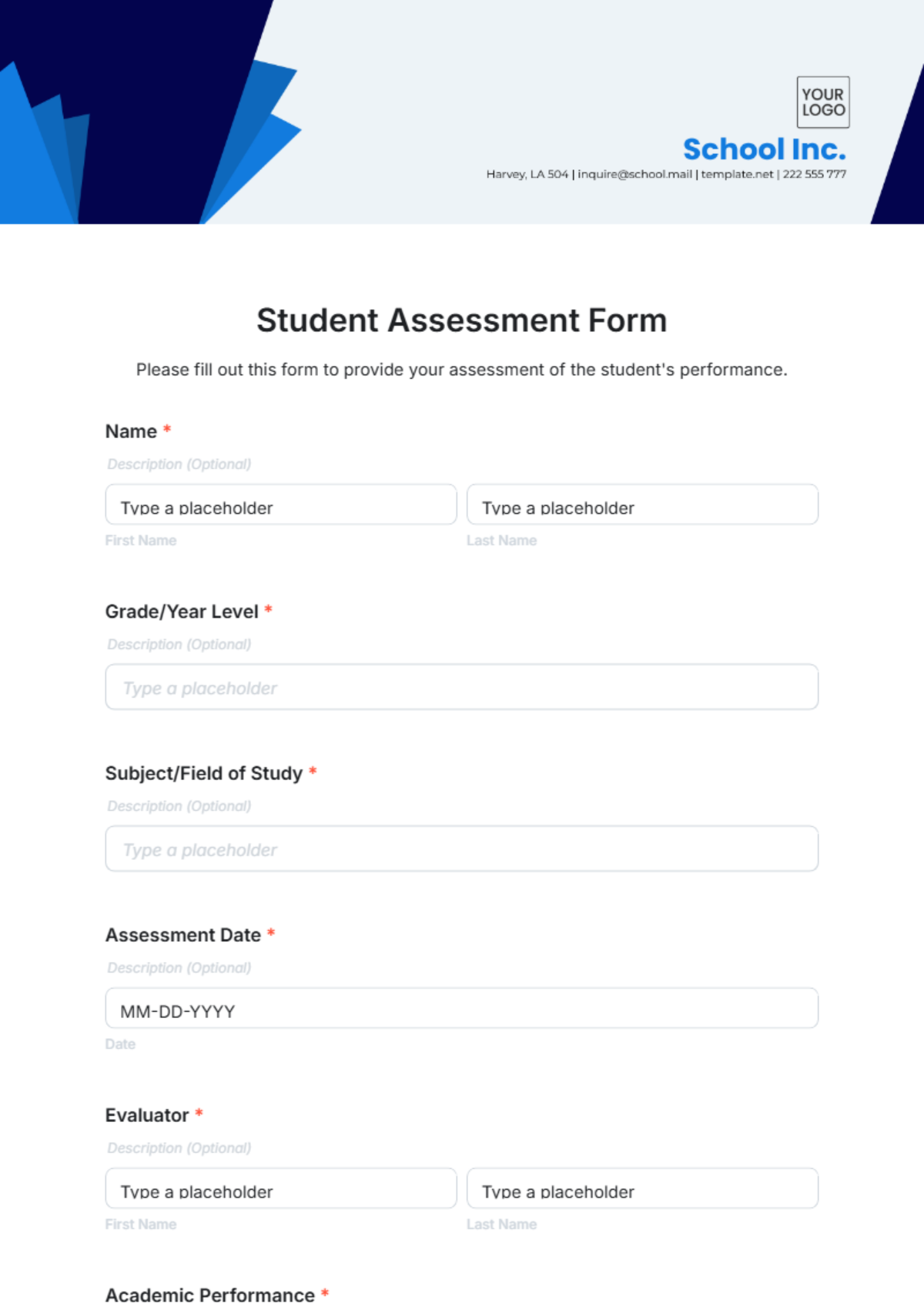Operations Project Risk Assessment Report
[Your Company Name]
[Your Company Address]
I. Executive Summary
The Operations Project Risk Assessment Report presents a comprehensive analysis of the potential risks associated with the establishment of [Your Company Name]'s new manufacturing facility. Key risks have been identified and prioritized through a rigorous assessment, guiding stakeholders on challenges and mitigation strategies. Implementing these strategies, [Your Company Name] seeks to enhance project resilience for the successful completion of the manufacturing facility on time and within budget.
II. Introduction
To accelerate production growth, [Your Company Name] plans to develop a new production plant. It is crucial to forecast and address potential obstacles to keep construction on track. This document outlines the risk evaluation process, emphasizing proactive risk management to ensure smooth project completion. [Your Company Name] is committed to identifying and resolving challenges promptly to avoid disruptions and maintain project efficiency.
III. Project Overview
The [Your Company Name]'s new manufacturing facility project represents a strategic investment to meet growing market demand and strengthen its competitive position. Spanning an 18-month timeline, the project involves various phases, including site preparation, construction, equipment installation, and commissioning. With an estimated budget of $50 million, the facility aims to increase production capacity by 30% and enhance operational efficiency through state-of-the-art technology and streamlined processes. The project's success is crucial for [Your Company Name]'s growth strategy and long-term sustainability in the industry.
IV. Risk Identification
Risk ID | Risk Description | Likelihood | Impact | Overall Risk Rating |
|---|---|---|---|---|
R1 | Delays in obtaining necessary permits and approvals | High | High | High |
R2 | Supply chain disruptions | Medium | Medium | Medium |
R3 | Equipment failure | High | High | High |
R4 | Regulatory compliance issues | Medium | Medium | Medium |
R5 | Labor shortages | High | High | High |
V. Risk Assessment
Risk ID | Risk Description | Likelihood | Impact | Overall Risk Rating |
|---|---|---|---|---|
R1 | Delays in obtaining necessary permits and approvals | High | High | High |
R2 | Supply chain disruptions | High | High | High |
R3 | Equipment failure | Medium | Medium | Medium |
R4 | Regulatory compliance issues | High | High | High |
R5 | Labor shortages | Medium | Medium | Medium |
VI. Risk Mitigation Strategies
Risk ID | Risk Description | Mitigation Strategies |
|---|---|---|
R1 | Delays in obtaining necessary permits and approvals |
|
R2 | Supply chain disruptions |
|
R3 | Equipment failure |
|
R4 | Regulatory compliance issues |
|
R5 | Labor shortages |
|
VII. Risk Monitoring and Control
A. Monitoring Procedures
The establishment of regular monitoring procedures is planned. These will be used to keep up-to-date records of the status of the identified risks, tracking any changes or developments that occur throughout the project. Regular monitoring will allow us to track and respond quickly to changes in identified risks by reviewing key information sources like risk registers, progress reports, and performance indicators. This frequent review helps us evaluate risk mitigation measures and identify new risks. Alongside manual reviews, we'll use advanced real-time monitoring tools and interactive dashboards to provide stakeholders with up-to-date risk information for better decision-making.
B. Reporting Mechanisms
To ensure timely and effective communication of risk information to stakeholders, a standardized reporting mechanism will be implemented. This includes regular and ad-hoc risk status reports for key decision-makers, using clear visuals for easy comprehension, enabling informed decision-making and responses to current risks.
C. Escalation Process
An escalation process will be established to address high-priority risks or issues that require immediate attention. This will involve predefined criteria for escalating risks to higher levels of management or project sponsors, along with clear protocols for decision-making and action planning. Regular review meetings will be conducted to evaluate the effectiveness of escalation procedures and make adjustments as needed to ensure timely and appropriate responses to emerging risks.
VIII. Communication Plan
A. Stakeholder Involvement
Stakeholders from various departments and levels of the organization will be actively involved in risk communication activities. This will include project managers, team members, executives, and external partners who have a vested interest in project success. Regular meetings and workshops will be held to facilitate open dialogue and collaboration on risk-related issues.
B. Frequency and Format
Risk communication will occur at regular intervals throughout the project lifecycle, with the frequency determined by the level of risk exposure and project complexity. Monthly progress meetings will provide a platform for discussing risk status, mitigation efforts, and any updates to the risk management plan. In addition to face-to-face meetings, email updates, newsletters, and project portals will be utilized to disseminate risk-related information to stakeholders.
C. Methods of Dissemination
Multiple methods will be employed to disseminate risk-related information to stakeholders, catering to diverse communication preferences and accessibility needs. This may include written reports, presentations, interactive workshops, and virtual communication channels such as video conferences or online forums. Tailored communication strategies will be developed for different stakeholder groups to ensure that information is conveyed effectively and received promptly.
IX. Conclusion
The Operations Project Risk Assessment Report highlights the vital role of proactive risk management in project success. It involves systematically identifying, assessing, and mitigating risks to ensure projects are completed on time and within budget. For [Your Company Name], this means employing strategic mitigation techniques combined with strong monitoring and communication to overcome challenges, seize opportunities for innovation, and build a resilient business model.
X. Appendices
A. Supporting Documentation
Appendices will include supporting documentation such as the risk register, compliance audit reports, supplier evaluation criteria, and any other relevant materials used in the risk assessment process. These documents will provide additional context and transparency regarding the methodologies employed and the data analyzed to inform risk identification and mitigation strategies.
B. Additional Resources or References
A list of additional resources or references may be included to offer stakeholders further insights into risk management best practices, industry standards, or regulatory requirements. This may encompass scholarly articles, industry reports, government regulations, or guidelines from professional associations. Providing access to these resources will empower stakeholders to deepen their understanding of risk management principles and contribute to informed decision-making throughout the project lifecycle.

















































